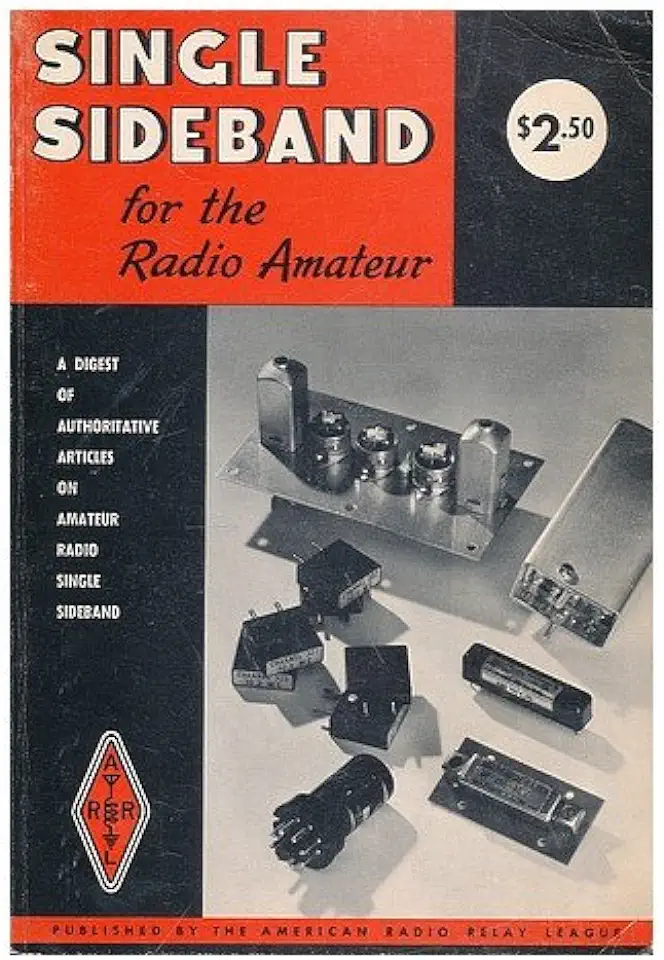
Single Sideband For the Radio Amateur - The American Radio Relay League
Single Sideband For the Radio Amateur - The American Radio Relay League
Introduction
Single sideband (SSB) is a modulation technique that is used in radio communications to transmit voice and data signals. It is a more efficient method of modulation than amplitude modulation (AM), and it produces a signal that is less susceptible to noise and interference.
How SSB Works
SSB works by transmitting only one sideband of the modulated signal. This is done by using a filter to remove the unwanted sideband. The remaining sideband is then amplified and transmitted.
The receiver demodulates the SSB signal by using a filter to select the desired sideband. The demodulated signal is then amplified and played back through a speaker.
Advantages of SSB
SSB has several advantages over AM. These advantages include:
- Increased efficiency: SSB is more efficient than AM because it transmits only one sideband of the modulated signal. This means that SSB can transmit the same amount of information with less power than AM.
- Reduced noise and interference: SSB is less susceptible to noise and interference than AM. This is because the SSB signal is concentrated in a narrower bandwidth than the AM signal.
- Improved voice quality: SSB produces a voice quality that is superior to AM. This is because the SSB signal is not distorted by the carrier wave.
Disadvantages of SSB
SSB also has some disadvantages. These disadvantages include:
- More complex equipment: SSB transceivers are more complex than AM transceivers. This is because SSB transceivers require filters to remove the unwanted sideband.
- More difficult to tune: SSB transceivers are more difficult to tune than AM transceivers. This is because the SSB signal is concentrated in a narrower bandwidth than the AM signal.
Applications of SSB
SSB is used in a variety of applications, including:
- Amateur radio: SSB is the most popular modulation mode used by amateur radio operators. This is because SSB provides a combination of efficiency, noise reduction, and voice quality that is ideal for long-distance communications.
- Commercial radio: SSB is also used in commercial radio applications, such as marine radio and aviation radio.
- Military radio: SSB is used in military radio applications, such as tactical communications and long-distance communications.
Conclusion
SSB is a versatile and efficient modulation technique that is used in a variety of applications. It is the most popular modulation mode used by amateur radio operators, and it is also used in commercial and military radio applications.
If you are interested in learning more about SSB, I encourage you to read the book "Single Sideband For the Radio Amateur" by the American Radio Relay League. This book is a comprehensive guide to SSB, and it covers everything from the basics of SSB to the most advanced techniques.